There were a lot of historic market events that took place during 2022, and they brought us many learning opportunities, too.
Much of 2022 gave us market events that had a negative impact on performance – and created headlines focused on short-term market movements. However, long-term investors can learn a lot from the past 12 months, too. In this episode, we’ll review stats and facts with an eye to the future to help you make smart investment decisions in 2023 and beyond.
Transcript:
Hi everyone, Jay Pluimer here with Flourish Insights. As the director of investments at Flourish Wealth Management, I take pride in providing our clients, colleagues, and friends with resources and information that can help them make strategic and effective choices regarding their investments. If you’ve been enjoying the show, be sure to subscribe on Apple Podcasts, Spotify, Google Podcasts, or wherever you get your podcasts, so you’ll never miss an episode.
Today, we are discussing 2022 – A Year of Hard Lessons.
There were a lot of historic market events that took place during 2022. Although most of those events had a negative impact on performance on client account values, long-term investors can learn a lot from the past 12 months. I prefer to avoid using terms like “unprecedented” or “historic” in client conversations because they tend to put a lot of emphasis on short-term market movements and feed into mass media storylines. However, a year like 2022 had so many different things happen that either had never happened before or hadn’t happened in the same way that there were a lot of learning opportunities. My goal with this podcast episode is to share some of the stats and facts from 2022 with an emphasis on what we can learn to help with future investment decisions.
Stocks and Bonds both fell by double digits in 2022. It’s rare for both markets to lose money at the same time, just 4 times in the past 100 years, but this was the first time ever when Stocks and Bonds both lost over 10% in the same year. The lesson is that Bonds are an important tool to decrease portfolio volatility, with the caveat that the diversification didn’t work in a rapidly rising interest rate environment.
The Federal Reserve wanted the Stock market to fall. Although the primary target for Fed rate hikes was to reduce inflation, a preferred side-effect was to reduce stock market valuations after hitting record highs in 2021. There were multiple Federal Reserve Governors who went on the record talking about the Stock market, noting that falling stock markets would reduce wealth and decrease consumer spending. I don’t recall a situation where the Fed targeted stocks in this way, so it’s important to learn how they view stock market investments.
Mortgage rates doubled and then some last year. Mortgage rates hit historic lows in 2021 and supported a red-hot housing market where prices were increasing at an unsustainable rate. I’m sure we all remember stories of houses selling at prices well above ask, all-cash deals, and buys without an inspection (or even seeing the house in-person). Mortgage rates of 7% or more in 2022 sucked the air out of demand for home purchases and took a big bite out of home prices. It makes sense that a rising interest rate environment would significantly increase mortgage rates, but the impact on the housing market could be felt throughout 2023 and beyond if mortgage rates stay above 5% for an extended period.
Cryptocurrencies were not an inflation hedge. Although I am on record as a crypto skeptic, I was open to the premise that they were an uncorrelated asset that wouldn’t be affected by rising Fed interest rates. The premise was that the various cryptocurrencies were independent of the Federal Reserve, government spending, and inflation. Unfortunately for crypto investors, this premise did not hold true with various cryptocurrencies down 60% or more. It’s a good reminder of the lesson that just because an investment’s characteristics are described in a certain way, investors should wait to see if those alleged characteristics hold up in the real world.
My final lesson from 2022 is that gas price fluctuations don’t necessarily dictate whether or not it makes sense to invest in sustainable energy. There was justifiable concern about the ability to fill gas tanks when the price of gas went over $5 a gallon after Russia invaded Ukraine in early 2022, but prices eventually dipped back below $3 a gallon. I read a lot of articles in the first half of the year blaming governments and corporations for pursuing solar and wind power generation because none of those could fill up a tank of gas. In the end, disruptions in the supply of gas are independent of long-term investments in sustainable energy resources, particularly when the cost of the sustainable resources are decreasing on a consistent basis regardless of geopolitical events.
I hope this was a helpful opportunity to revisit various aspects of market activity from 2022 in a growth mindset. I’m sure there will be more surprises and lessons to learn throughout 2023 and in future years, one of the many characteristics of investing that I find to be challenging and rewarding in equal measures. Hopefully, these lessons will lead to a patient investment approach that emphasizes long-term growth of assets over short-term trading opportunities. Best wishes for success in 2023 and beyond!
If you enjoyed this episode, please take a moment to rate and review us on Apple Podcasts so that more investors like you can find the show. And don’t forget to check out Flourish Wealth Management’s other podcast, Flourish Financially with Kathy Longo, available on all your favorite podcast providers. Thanks for listening, and don’t forget to stay focused and think long-term.










